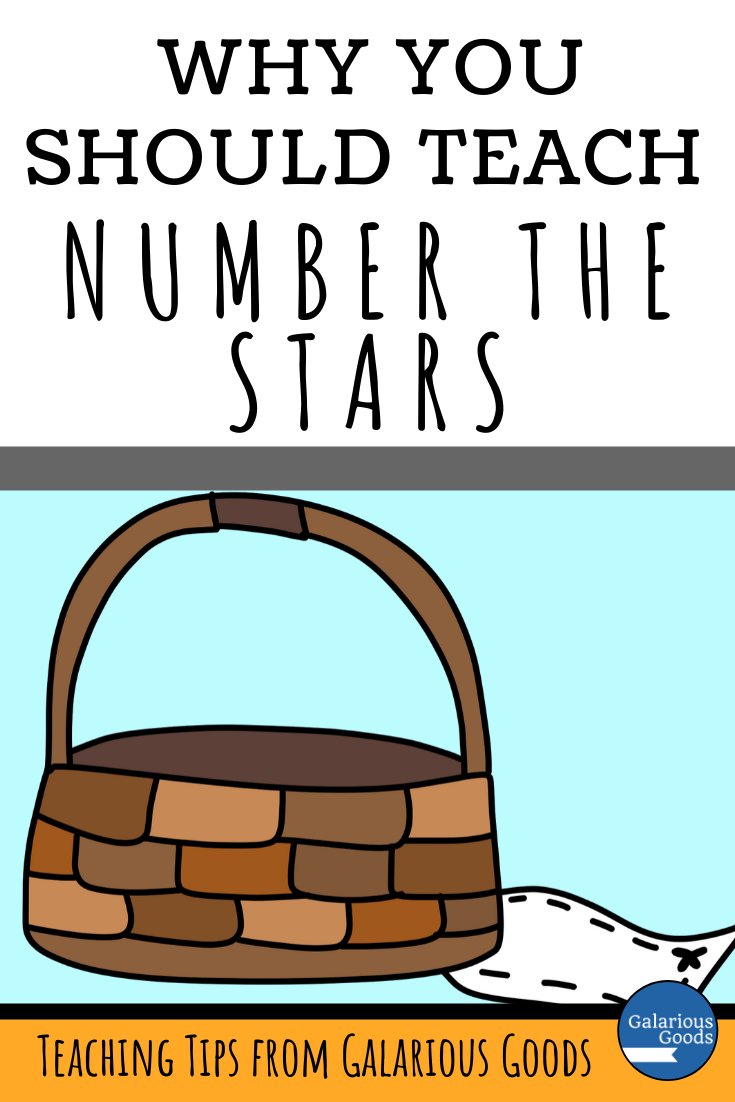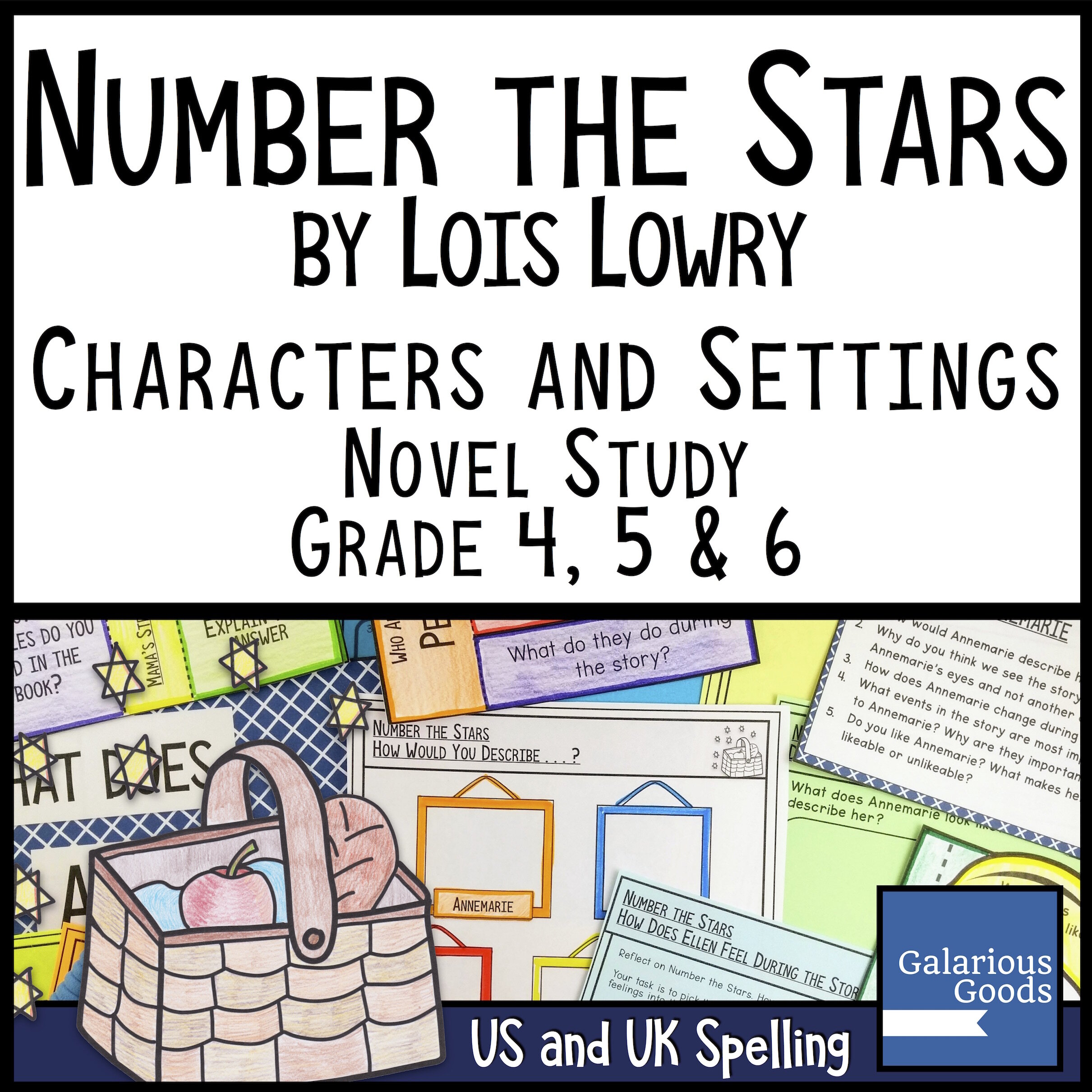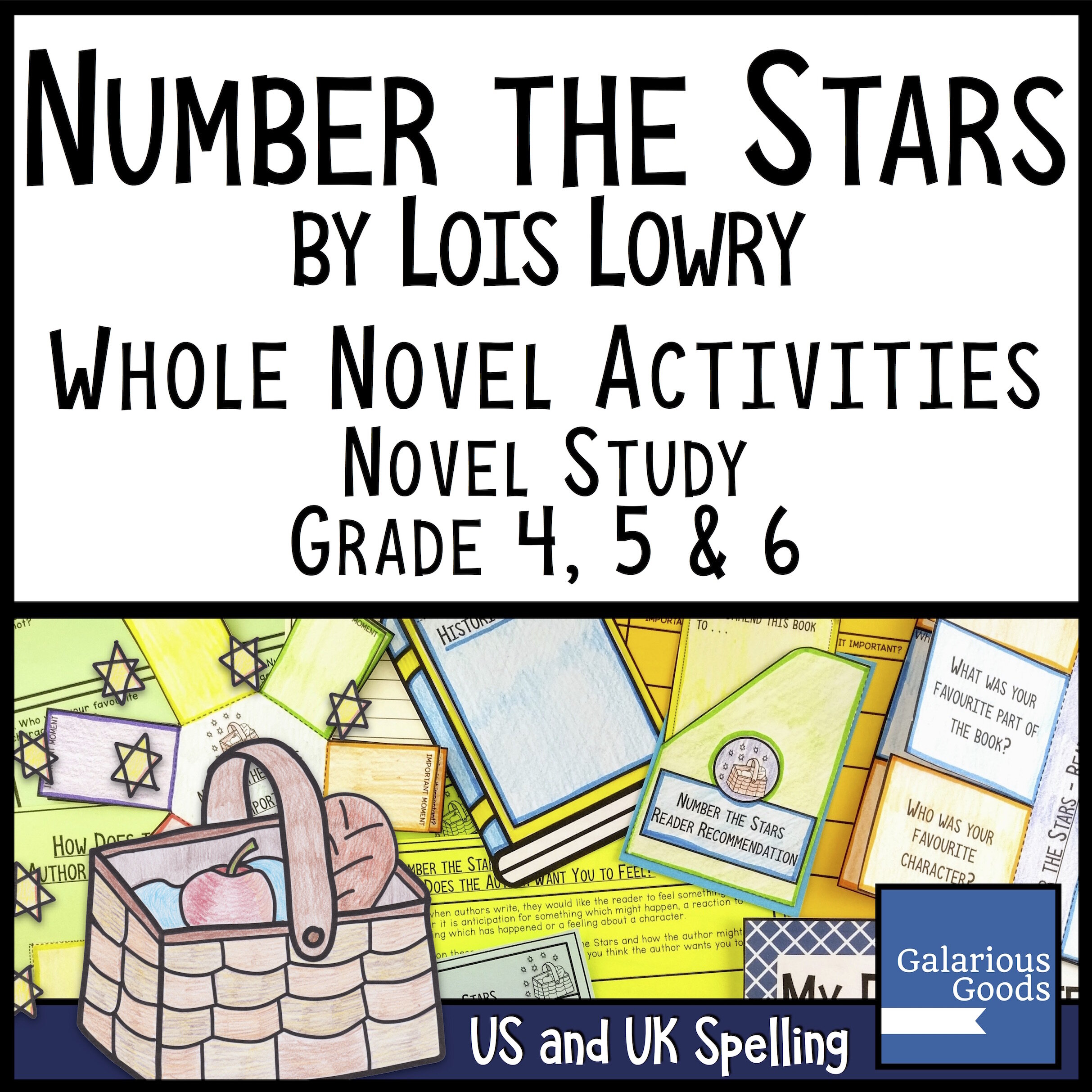Why You Should Teach Number the Stars
/Some books you can just return to over and over again. For me, Lois Lowry’s Number the Stars is a book like that. I still have my childhood copy, which I think was a Scholastic Book Club purchase. It’s a little battered, but I still return to it to enjoy the beautiful writing and thoughtful story within. Here’s some of the reasons you should use it for a novel study in your classroom.
Number the Stars is focused on Annemarie, a young girl living with her parents and her sister in Copenhagen during the Second World War. From the first chapter we learn that this isn’t the easiest life - a foot race home from school is interrupted by German soldiers who tell them to behave better. And as the story continues, we learn more about the impact of the war on Annemarie’s family and the looming danger to her friend Ellen who is Jewish.
As Annemarie’s family work together to help Ellen and her family, Annemarie is put in a difficult situation.
Examining Historical Fiction
Number the Stars is a historical fiction book, a book based on real history, but with fictional characters. Although I’ve read it many times, until last year I’d never looked ‘behind the scenes’ to learn more about the history of Denmark in World War 2.
This is a fascinating activity to engage in if you are exploring Number the Stars with a classroom - one of those times when the historical story is as engaging as the novel. Students can research the occupation of Denmark, the role of King Christian X and the rescue of the Danish Jews among other topics.
Asking the Big ‘Whys’ of History
As students identify the historical events covered in Number the Stars, questions of why these events happen are often raised. Number the Stars is a book which answers some of the questions, but also leaves many questions for further exploration. The behaviour of the soldiers is one of those questions - in the book the soldiers are never properly named, they are part of a system.
It is important that students ask these questions, as well as questions about how books like Number the Stars can have lessons for us today. What can we learn from those events? What can we learn from those characters? Why is it important?
Examining Bravery and How it Looks Different
In Number the Stars the adults in Annemarie’s life ask her to be brave, but it’s not a loud bravery that they need from her. Instead they need her to keep secrets, to keep quiet when it’s needed, to pretend to be someone she isn’t at the right moment. This bravery is essential to save lives, but it allows us to explore what bravery is - like we do in Coraline, Rowan of Rin and Boy Overboard.
Teacher Resources
There are four teacher resources for Number the Stars as well as a resource bundle available through Galarious Goods.
The Comprehension and Vocabulary teaching resource is a chapter by chapter study guide for Number the Stars. Different printable resources allow students to examine the comprehension and vocabulary of Number the Stars including chapter questions and more in-depth looks at an aspect of each chapter.
The Character and Setting teaching resource takes a look at the characters of Number the Stars as well as comparing some of those characters with each other. It also includes classroom activities where students describe and discuss the settings in the book.
The Whole Novel teaching resource encompasses the entire novel of Number the Stars. It includes reader response, retell, themes, discussion questions and creative activities.
The Digital Resource brings together elements of the Character and Setting resource and the Whole Novel resource in a resource designed to be used on Google Slides or other compatible digital platforms.

















